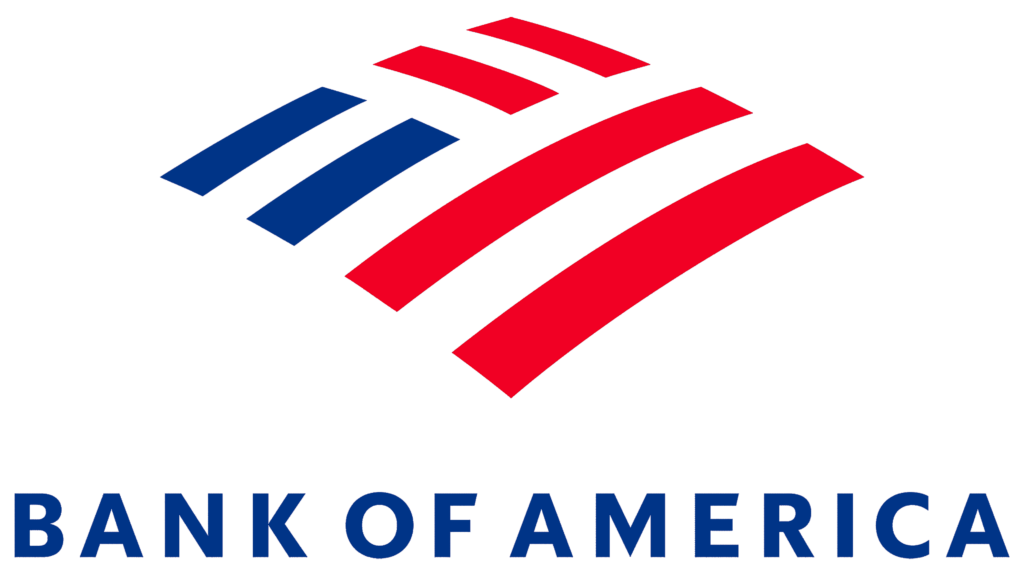It is not hard to guess the roots of the Bank of America. It offers individuals and businesses financial health support in addition to banking services. The global payment network Visa is made possible by this bank. The first consumer credit card introduced in 1958 was successful, to the point where the bank decided to establish a distinct division as a result. Despite having a large network of representative offices across the globe, Bank of America’s primary operating region is still the United States.
Meaning and History
Bank of America was officially registered in 1998, but its birth date is generally considered to be 1904. Although Bank of America was founded in 1904, its formal registration date is 1998. Its roots go back to when an Italian-American Amadeo Giannini established the Bank of Italy in San Francisco. Giannini arranged a 1928 merger with Bank of America, a Los Angeles-based company that was established in 1922. The new business was called Bank of America. It rose to the position of fourth-biggest banking organization in the US by 1936. The bank was formally renamed Bank of America Corporation in 1968 after it became a holding company. On Forbes’ list of the world’s largest publicly traded firms as of 2022, this corporation is ranked ninth.
What is Bank of America?
Offering banking and other financial services, Bank of America Corporation is a sizable holding company. It is one of the Big Four banks in the country and has a significant impact on the world financial industry.
1930 – 1969
One of the early versions of the Bank of America logo features a very beautiful Gothic font that is used to write the bank name. The font choice alone made the logo look grand, but the black color enhanced that classic and formal appearance. The wide spacing between the characters reflected the strong position of the institution and its confidence.
1969 – 1980
A simpler and more reserved logo was created in 1969. The name of the bank was now printed using all uppercase characters that were closely spaced. The designers chose a basic sans-serif font for the inscription, which made it easy to read and resize. To the right. There was a monogram that consisted of the letters “B” and “A” printed using a simplified Gothic font to reference the earlier version.
1980 – 1998
The monogram took a more prominent position being centered at the top. The full name ran across the bottom and once again had only the first letters capitalized. The company went for a clean and simple, sans-serif font. Combined with the black color, this presented the corporation as a serious and strong institution. At the same time, the presence of the monogram not only referenced the long history of the bank but also added a touch of sophistication and elegance.
1998 – 2018
It was during this year that the corporation introduced a color version of its logo. It used a font very similar to the previous one, slightly stretching the inscription vertically. This allowed the logo to stay recognizable despite all the other changes. On that note, it is hard to miss that the monogram was replaced by a diamond shape with a pattern. It consisted of two red stripes running across the right bottom half and blue and red stripes filing the other half and going in two different directions. It somewhat reminded of a woven pattern. However, those who know what the flag of the USA looks like will instantly make an association with it. This was a great move to show that this is truly Bank of America.
2018 – Today
A modernized version was presented twenty years later. There were a few modifications. First of all, the font has been changed and the designers used only uppercase characters to print “Bank of America”. The color palette was also adjusted and it was prominent that the blue got much darker with the red also not being as bright. The change gave the logo a stylish and strong appearance.
Font and Color
Almost for forty years starting from 1930, the bank used a logo that features an elegant Gothic font similar to Engravers Old English Bold. It was later replaced by a simpler font that somewhat resembled Ela Sans Black Caps. In 1980, the font was replaced by Neue Helvetica Pro 95 Black. A little less than twenty years later, the logo featured a new font that looked a lot like Franklin Gothic Condensed.
When it comes to the color palette, the bank stayed pretty conservative and went for a classic black-and-white color palette. It created a sophisticated and strong image. In 1998, though, it was replaced by blue, red, and white colors. It is obvious that the corporation wanted to reflect which country the bank belonged to.







